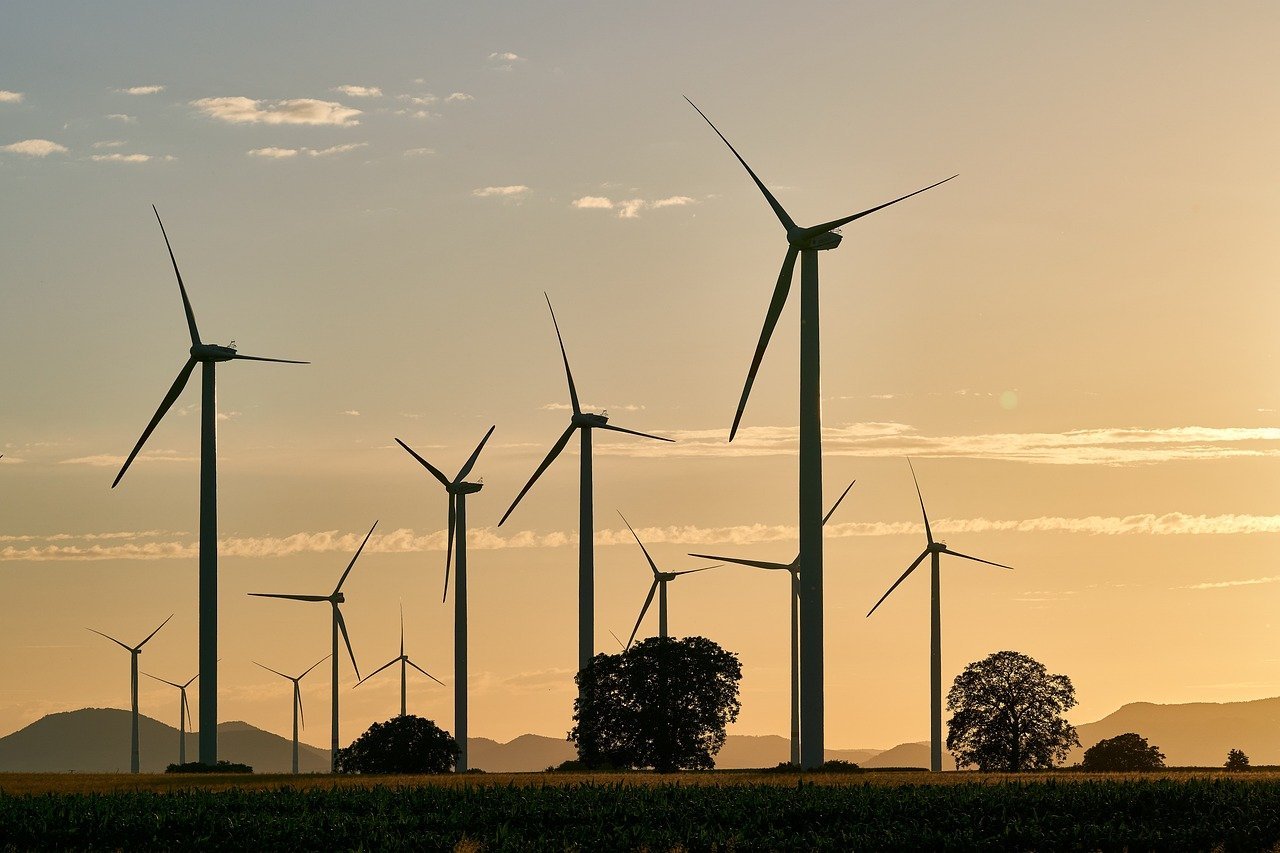Daily News
Record Rate of Annual Growth for Renewables Capacity
The International Renewable Energy Agency (IRENA) have released their Renewable Capacity Statistics 2025 report, underscoring the remarkable annual growth in renewable energy capacity and highlighting continued progress in the global energy transition. The Renewable Energy Institute has a long-established partnership with IRENA, an intergovernmental organisation dedicated to promoting the global transition to sustainable energy. Through this collaboration, we support the advancement of renewable energy technologies and education initiatives worldwide.

The report showed that by the end of 2024, renewables made up 46% of global installed power capacity, with a record-breaking addition of 585 gigawatts (GW) – a 15.1% increase on the previous year. This surge marked the largest annual expansion to date, with renewables accounting for 92.5% of global power additions, driven primarily by solar and wind energy. Solar power led the charge with a 32.2% growth, contributing over 75% of new renewable installations with an unprecedented 452 GW, while wind energy added 113 GW, a growth of 11%.
Despite this rapid growth, disparities in deployment persist. Asia continues to lead renewable deployment, contributing significantly to the global capacity expansion, with China alone accounting for 64%. China, the United States and the European Union collectively accounted for 83.6% (489 GW) of new capacity, whereas Africa’s share remained modest at 4.2 GW (0.7%). Similarly, small island developing states saw a 9.3% growth but still represent only 0.2% (9 GW) of global renewable capacity, emphasising the ongoing challenge of equitable energy transition worldwide.
IRENA Director-General, Francesco La Camera said: “The continuous growth of renewables we witness each year is evidence that renewables are economically viable and readily deployable. Each year they keep breaking their own expansion records, but we also face the same challenges of great regional disparities and the ticking clock as the 2030 deadline is imminent.”
Beyond solar and wind, other renewable energy sources also saw notable developments in 2024. Hydropower experienced significant growth, reaching a total capacity of 1,283 GW, largely driven by China. Several other countries, including Ethiopia, Indonesia, Nepal, Pakistan, Tanzania and Vietnam, each added more than 0.5 GW. Bioenergy also saw a resurgence, with capacity expanding by 4.6 GW, an increase from 3.0 GW in 2023. This growth was primarily led by China and France, which each contributed 1.3 GW of new bioenergy capacity.
The United Nations Secretary-General, António Guterres commented on the progress, saying: “Renewable energy is powering down the fossil fuel age. Record-breaking growth is creating jobs, lowering energy bills and cleaning our air. Renewables renew economies. But the shift to clean energy must be faster and fairer – with all countries given the chance to fully benefit from cheap, clean renewable power.”
While 2024 set another milestone in renewable energy capacity and growth, it still falls short of the 11.2 terawatts required to meet the global target of tripling installed renewable capacity by 2030. Achieving this goal will now require an annual expansion rate of 16.6% through the end of the decade. As the demand for renewable energy continues to rise, the need for skilled professionals has never been greater. Studying accredited courses from the Institute equips you with the expertise to drive the transition forward, allowing you to take the next step in this rapidly growing industry.
Sources:
